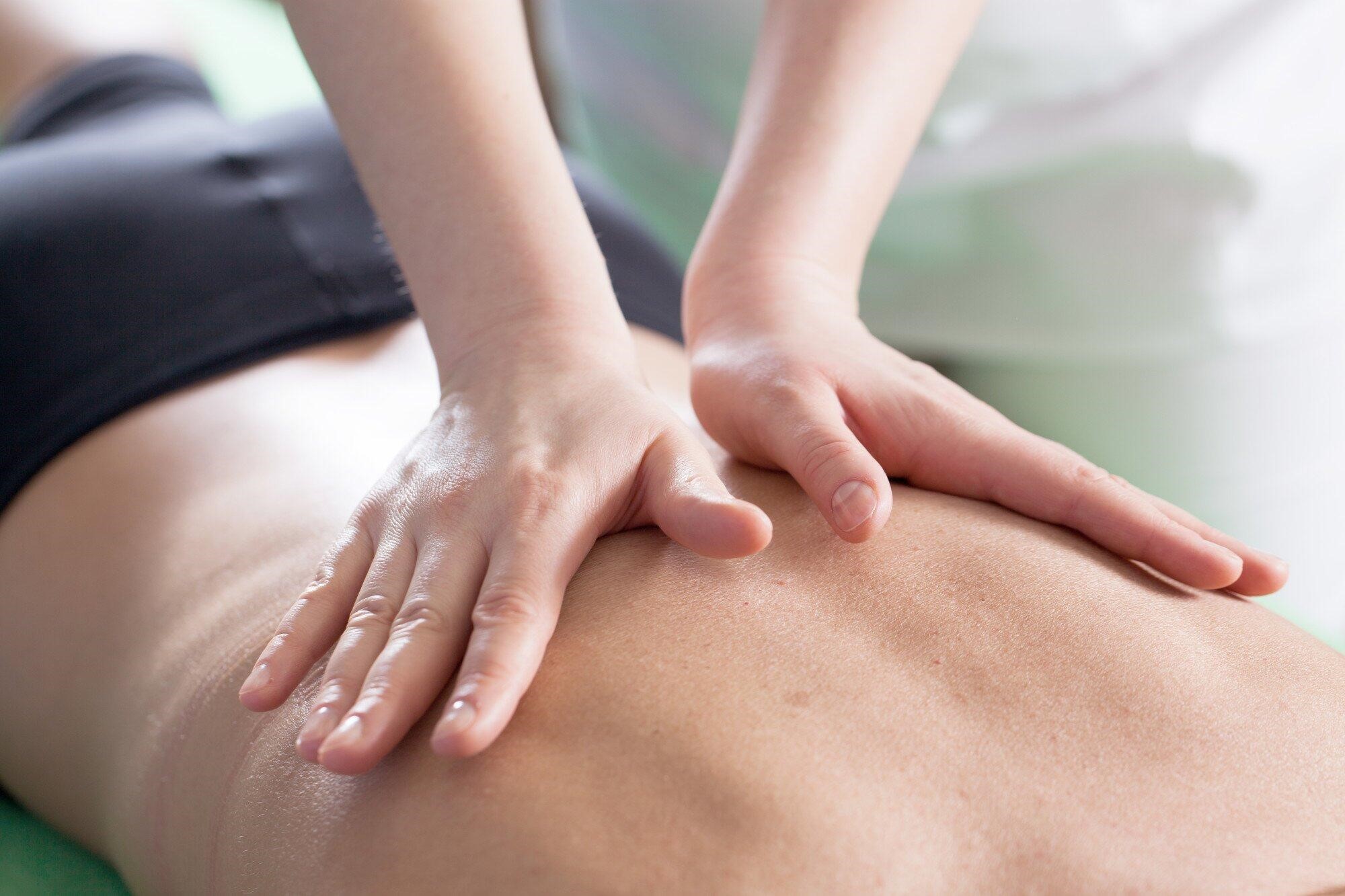The Mind-Body Connection of Hip Trigger Points and How to Address It
The human body is a masterpiece of interconnected systems. Understanding the mind-body connection in physical wellness is a necessity. Trigger points, or muscle “knots,” are a prime example of how the mind and body dialogue.
This issue can stem from a variety of triggers. This article takes a deep dive into the mind-body interplay of hip trigger points. Read on to learn more!
Unraveling Hip Trigger Points: A Deeper Look
When you hear the term “trigger point,” images of localized pain may come to mind. Hip pressure points are sensitive spots within the muscle that can lead to referred pain in other areas. Emotional stress, poor diet, or sitting for long periods can lead to activating and tightening these points in the hips.
The Role of the Mind
The brain and body maintain a constant dialogue. This means that your mental state can influence your physical state. Stress, anxiety, and even depression can manifest as physical tension in the muscles, including those in the hips. The reasons for this are both chemical and behavioral.
The Role of the Body
Physical issues like poor posture or overexertion can also have a psychological impact. Chronic pain from trigger points can be mentally exhausting, leading to its own set of emotional responses that only perpetuate the cycle.
Identifying Triggers for Tricky Trigger Points
Pinpointing the cause of lower back pain trigger points is crucial for effective treatment. Here are some common culprits to consider:
Sedentary Lifestyle
A desk job that keeps you seated for long hours can lead to the shortening and tightening of the hip flexor muscles, which, over time, can develop into trigger points.
Overuse
Participating in activities like cycling, running, or even sitting on poorly designed furniture for extended periods can cause overuse and strain on the hip muscles, potentially leading to trigger points.
Injury
A hip injury or trauma to the surrounding area can cause trigger points, part of the body’s natural healing process. However, if not appropriately addressed, they can linger and cause chronic pain.
Emotional Stress
High stress levels can manifest physically, including in the hips. Taking on mindfulness practices or seeking support can help manage stress and reduce the occurrence of trigger points.
Strategies for Release and Relief
Once you’ve identified the potential triggers, it’s time to tackle the knots. Here are strategies for prevention and treatment:
Stretch and Strengthen
Incorporate regular stretching and strengthening exercises for the hip muscles. Yoga poses like Pigeon, Warrior, and Lizard can all help release tension in the hips.
Mindfulness Practices
Practicing mindfulness, such as meditation, can calm the mind and release the physical tension in the muscles.
Professional Help
If trigger points persist, seek professional help, such as a physical therapist or a doctor. They can offer personalized guidance and treatment plans to heal the root cause of the issue.
For those struggling with persistent hip trigger points, consulting a Panama City Beach chiropractor can be a transformative step toward recovery. Chiropractic care specializes in diagnosing and treating musculoskeletal issues, using non-invasive techniques to ease pain and improve mobility.
Understanding the Hip Trigger Points
By taking a multifaceted approach to your hip trigger points, you can find relief and pave the path to a healthier, more comfortable, and happier existence. Remember, just as a knot in a string is not separate from the string itself, your muscles are not detached from the rest of your being. Treat them kindly and with the knowledge that all elements of your health are integrated.
For more helpful tips, check out the rest of our site today!




